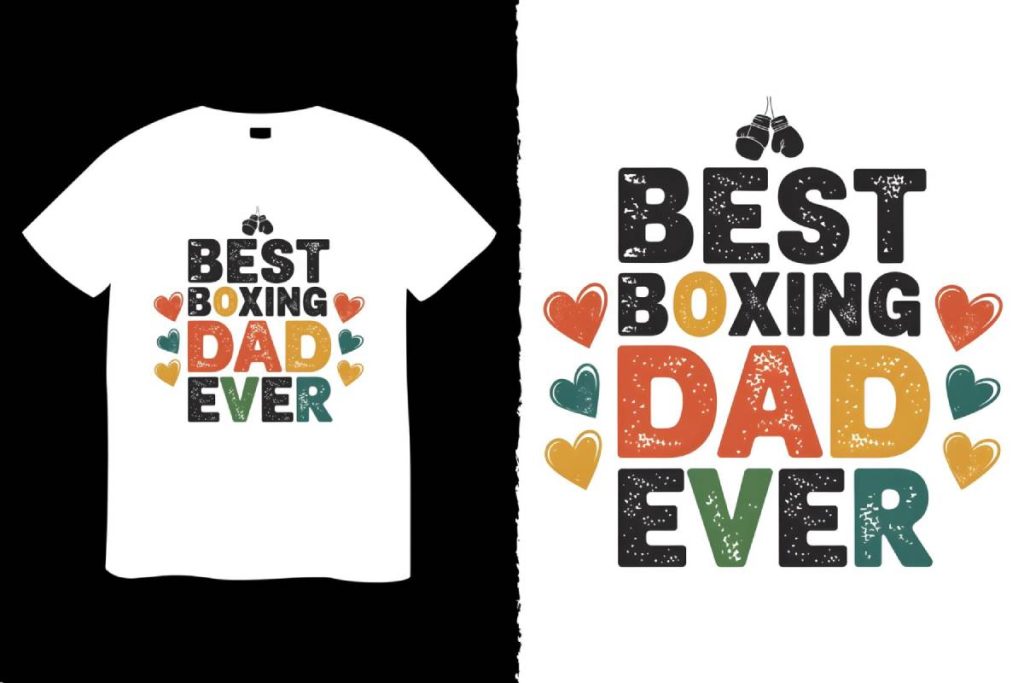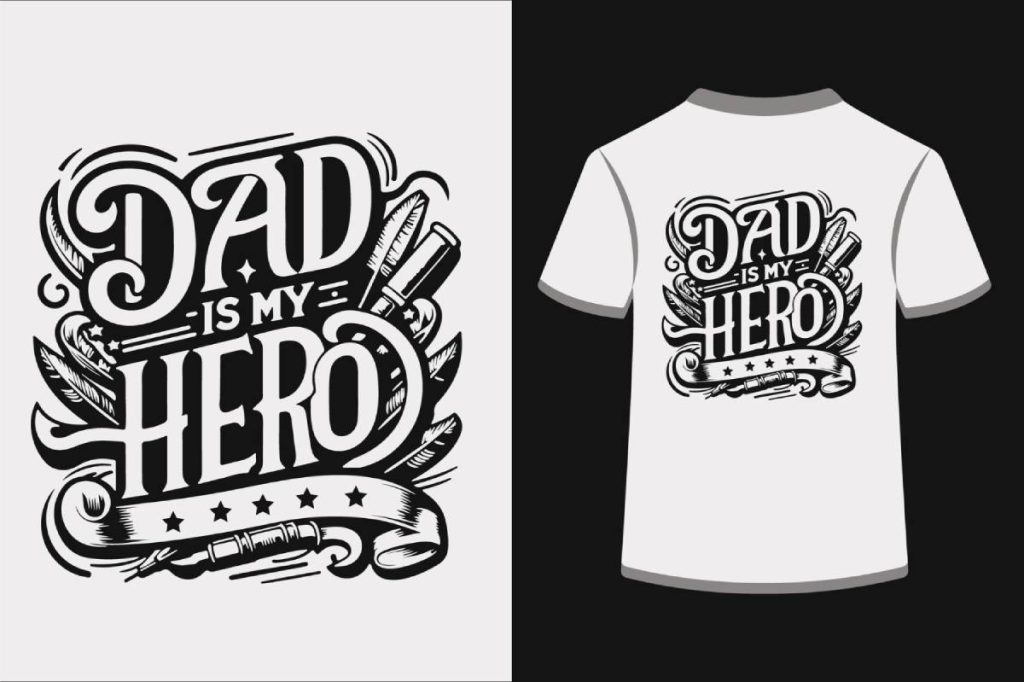DTF Transfers, or Direct-to-Film transfers, are revolutionizing the custom apparel printing industry with their advanced technology and flexibility. This innovative technique allows creators to print vibrant, intricate designs directly onto various fabrics, making it an ideal choice for both seasoned printers and newcomers alike. In the realm of custom apparel, DTF printing stands out for its ease of use and cost-effectiveness, appealing to a growing number of businesses seeking to enhance their product offerings. As the demand for unique apparel grows, understanding the nuances of DTF transfer films becomes essential for anyone looking to succeed in custom printing. Join us as we delve deeper into the world of DTF transfers, uncovering tips and insights to help you master this fantastic printing method.
The art of Direct-to-Film printing is quickly gaining traction among entrepreneurs and hobbyists aiming to customize clothing and accessories. Often viewed as a modern solution to the age-old challenges of heat transfer printing, this method simplifies the process through the use of specialized films and adhesives. By leveraging the strengths of DTF transfers, users can create stunning graphics that adhere seamlessly to a variety of materials. This introduction not only highlights the capabilities of DTF but also positions it as a cornerstone in the landscape of custom apparel printing, catering to diverse fabric types and design intricacies.
Overview of DTF Printing: A Game Changer in Custom Apparel
Direct-to-Film (DTF) printing is revolutionizing the landscape of custom apparel, offering a seamless transition between creativity and application. Unlike traditional methods such as screen printing or direct-to-garment (DTG) printing, DTF harnesses the power of a specialized film that allows for intricate designs to be easily transferred onto a variety of fabrics. This process not only caters to a wide range of materials but also ensures vibrant, long-lasting prints that stand out in today’s competitive market.
The unique methodology of DTF involves printing designs onto a film that can then be heat pressed onto textiles, enabling businesses and creatives alike to produce high-quality contact prints consistently. Its versatility is a significant draw, as it can accommodate diverse fabric types, from cotton to synthetic blends, providing the flexibility that is often lacking in older printing methods. As a result, DTF printing is rapidly gaining traction among t-shirt businesses, fashion designers, and hobbyists looking for reliable and vivid printing options.
Step-by-Step Guide to the DTF Printing Process
Understanding the DTF printing process is essential for anyone looking to delve into this innovative technique. The journey begins with designing the artwork in graphic software, ensuring that the resolution meets quality requirements. High-resolution images enable clearer prints, which are critical for achieving professional-grade results. Once the design is prepared, it is printed onto a specialized DTF film using appropriate inks, making careful attention to detail paramount during this phase.
After printing, the application of powdered adhesive to the wet ink is crucial for bonding the design to your chosen fabric. This adhesive acts as a medium to ensure that the image adheres appropriately when heat pressed. Finally, the film is subjected to a heat press that requires precise temperature and pressure settings, which are vital for a successful transfer. This entire process highlights the simplicity and efficiency of DTF printing, making it an ideal choice for beginners and seasoned printers alike.
Exploring the Versatility of DTF Transfers
One of the standout features of DTF transfers is their adaptability to various fabric types. Whether you’re customizing t-shirts, sweatshirts, or accessories, DTF printing allows for vibrant designs on natural and synthetic fabrics alike. This versatility opens a myriad of opportunities for businesses eager to cater to diverse customer preferences, ranging from fashion lines to promotional apparel and more.
Additionally, the ability to print on materials ranging from cotton to polyester blends ensures that printers can meet distinct market needs without sacrificing quality or detail. This adaptability makes DTF printing an appealing option for small business owners and entrepreneurs aiming to create unique and memorable products that resonate with consumers.
The Cost-Effective Advantages of DTF Printing
For those entering the custom apparel market, DTF printing offers an attractive advantage in terms of cost-effectiveness. Setting up a DTF operation typically involves lower initial investment compared to traditional methods like screen printing or DTG printing. This is primarily due to the reduced cost of equipment and materials, allowing new entrants to break into the market without prohibitive expenses.
Furthermore, DTF printers are often simpler to operate and maintain, making it an ideal choice for entrepreneurs who may not have extensive technical know-how. With the affordability and accessibility of DTF printing, more individuals can create and sell custom apparel, thus expanding the creative landscape of the fashion industry.
Essential Equipment Needed for DTF Transfers
To embark on the DTF printing journey, specific equipment is indispensable. A high-quality DTF printer is at the forefront, with models such as the Epson EcoTank being highly recommended for their efficiency and user-friendliness. Alongside the printer, a reliable heat press machine is crucial, as it ensures that designs adhere properly to fabrics. Choices typically vary based on manual or automatic operation, providing flexibility for different business needs.
Moreover, procuring good quality DTF transfer films and compatible inks can significantly impact the overall quality of the final product. It’s paramount to source these materials from reputable suppliers, as different brands may yield varying results in adhesion and color vibrancy. Investing in the right tools and materials can set the foundation for outstanding DTF print outputs.
Best Practices and Considerations for Successful DTF Printing
While DTF printing offers many advantages, applying best practices is essential to ensure optimal results. Understanding fabric characteristics and conducting preliminary tests can prevent costly errors and material wastage. Testing different fabric samples before bulk production allows printers to assess how well designs adhere and withstand washing, ensuring customer satisfaction.
Additionally, mastering the application techniques—including the correct heat, pressure, and dwell times during pressing—can significantly influence the durability and appearance of the final prints. Staying informed about the latest developments in DTF technologies, films, and inks ensures that users can adapt to market trends and maintain high-quality standards in their output.
Frequently Asked Questions
What are DTF transfers and how do they work?
DTF transfers, or Direct-to-Film transfers, involve a unique printing process where designs are printed directly onto a specialized film. This film is then used to transfer the design onto various fabrics using heat and pressure, allowing for vibrant and high-quality custom apparel printing.
What equipment do I need to start DTF printing?
To start DTF printing, you’ll need a few essential pieces of equipment: a DTF printer (like an Epson EcoTank), heat press machine, specialized DTF transfer films, powder adhesive for bonding, and compatible inks specifically formulated for DTF printing.
What are the advantages of DTF printing over traditional methods?
DTF printing offers several advantages, including versatility in printing on various fabric types, a lower cost of setup compared to traditional screen printing, and ease of use, making it accessible for beginners in custom apparel printing.
Can DTF transfers be applied to all types of fabrics?
Yes, DTF transfers are versatile and can be applied to a wide range of fabric types, including cotton, polyester, and fabric blends, making them ideal for customizing t-shirts, hoodies, and accessories in custom apparel printing.
What best practices should I follow when using DTF transfers?
For optimal results with DTF transfers, consider testing fabrics before full production, ensuring correct heat, pressure, and dwell times during application. Additionally, research different brands of DTF transfer films and inks to find the best combinations for your designs.
Are there eco-friendly options for DTF printing?
Yes, the DTF printing market is evolving to include eco-friendly solutions, such as sustainable materials and inks. This trend caters to environmentally conscious consumers and supports initiatives for greener practices in custom apparel printing.
| Key Point | Description |
|---|---|
| What are DTF Transfers? | Direct-to-Film transfers (DTF) are a new method of printing that applies designs directly onto fabrics through a specialized film, adhesive, and inks. |
| Advantages of DTF Transfers | DTF printing provides versatility, is cost-effective for beginners, and offers an easy setup compared to traditional methods like screen printing and DTG. |
| Essential Equipment | Necessary tools include a DTF printer, heat press machine, DTF transfer films, powder adhesive, and compatible inks for quality results. |
| The DTF Printing Process | Key steps include design preparation, printing on film, applying powder adhesive, curing, and heat pressing onto fabric. |
| Market Trends | The DTF printing market is evolving with eco-friendly solutions and enhanced ink formulations for brighter and longer-lasting designs. |
Summary
DTF Transfers represent a revolutionary approach in the realm of custom apparel printing, offering numerous advantages for both beginners and seasoned printers alike. By understanding the DTF process, advantages, and essential equipment, anyone can step confidently into the world of textile customization. The affordability, versatility, and ease of use of DTF printing make it an appealing choice, whether you’re starting a side hustle or simply enjoying a creative hobby. With ongoing market innovations and sustainable practices on the rise, DTF Transfers open up exciting avenues for creativity and expression in today’s printing landscape.



